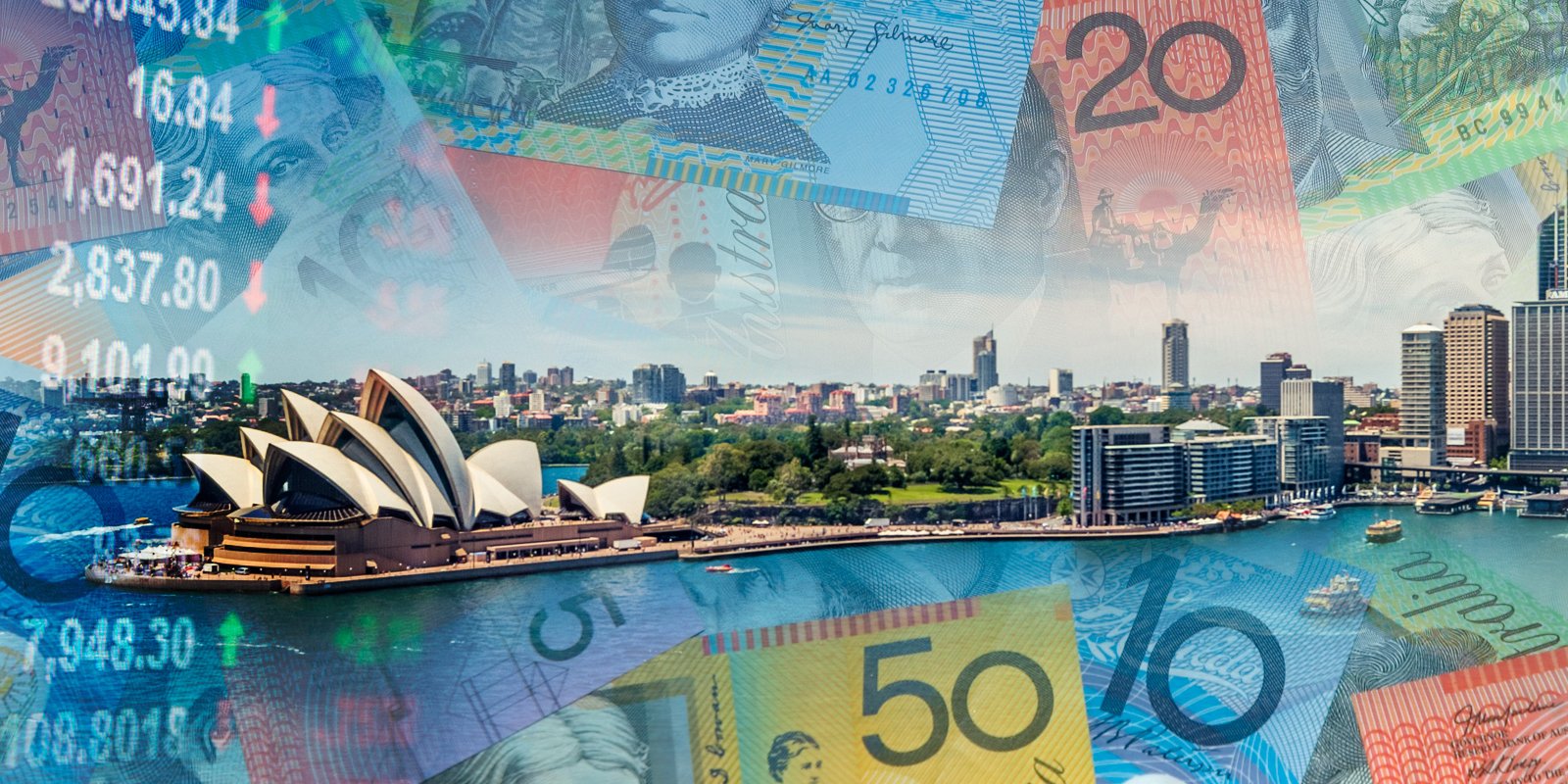
The Regulation of Foreign Direct Investment in Australia: Australian Treasury's Recent Facts and Figures
In Short
The Background: The Australian Treasury has released its second quarterly report of the 2023–24 financial year covering the regulation of foreign investment in Australia during the quarter ended 31 December 2023.
The Result: Although there was a notable increase in the number of approved commercial investment proposals compared to the prior reported quarter (being 1 July 2023–30 September 2023), the dollar value of those proposals decreased by around 25% for the quarter ended 31 December 2023. The United States remained by far the highest source of foreign direct investment into Australia, although significantly higher capital inflows into Australia were seen from Singapore (the second highest source) and Japan (the third).
Looking Ahead: Given the continued strength of the $US/$A exchange rate and other macro factors, the United States is expected to remain a leading source of foreign direct investment into Australia, especially in relation to large investment proposals. Additionally, large deals announced by Japanese and French bidders during the first quarter of 2023 will be likely be reflected in Treasury's next round of reporting. In terms of industry sectors, energy and resources, construction and technology have been popular so far in 2024, and we expect those trends to continue in the foreseeable future.
The Australian Treasury, which administers Australia's foreign direct investment framework through the Foreign Investment Review Board ("FIRB"), recently released its second quarterly report for the 2023–24 financial year covering the regulation of foreign direct investment in Australia. The report provides a range of insights and performance data concerning the operation of Australia's foreign direct investment regulatory framework for the quarter ended 31 December 2023. A summary of Treasury's key findings with regard to Australian in-bound commercial investment proposals follows.
United States Remains the Most Active Foreign Investor by Both Number and Value of Transactions
The United States remained the most active source of foreign investment into Australia during the period, with 146 approved proposals at an aggregate value of A$7.6 billion (∼US$5.1 billion). Although materially down from the A$31.3 billion (∼US$21.05 billion) of US-sourced investment during the prior quarter, the previous quarter's outsized figure was primarily attributable to Newmont's A$25 billion (∼US$16.8 billion) acquisition of Newcrest. We expect that NYSE-listed Alcoa's A$3.3 billion (∼US$2.2 billion) proposed acquisition of an ASX-listed target will contribute to the United States remaining a leading inbound investor in the Australian Treasury's next round of reporting.
The quarter ended 31 December 2023 saw a material uptick in investment from Japanese investors. As mentioned in our prior Commentary, this was expected given the announcement of a number of Japanese-led deals at the end of 2023. Singapore was the second highest source of foreign investment into Australia, with A$3.8 billion (∼US$2.6 billion) in the quarter, followed by Japan with an aggregate of A$3.4 billion (∼US$2.3 billion) of investment. Singapore had almost three times the number of investments as Japan, which shows that Japanese investors are making considerably larger investments on average. Renesas Electronic's A$9 billion (∼US$6.06 billion) acquisition of an ASX-listed software company, announced in February 2024, will see Japan as a strong inbound investor.
Investment by Singaporean investors almost tripled by value and doubled by number of proposals, while Canada and France also remained in the top five foreign investors into Australia (as they were in the quarter ended 30 September 2023). The A$4.5 billion (∼US$3.03 billion) acquisition of Australian building materials company CSR by French conglomerate Saint-Gobain will mean that France remains a strong source of inbound investment in future Australian Treasury statistics.
Although the number of commercial investment proposals from Chinese investors increased materially in the quarter, aggregate value was half of that of the prior quarter.
Minerals and Resources Remains the Most Attractive Sector, Although Value of Investment Fell Materially
The minerals and resources industry remained the leading target of foreign investment, with A$12.9 billion (∼US$8.7 billion) during the quarter. However, this represents approximately a halving of investment into that sector compared to the previous quarter.
The services and commercial real estate sectors continued to represent the second and third most active sectors, attracting A$9.9 billion (∼US$6.7 billion) and A$8.6 billion (∼US$5.8 billion) in foreign investment during the quarter ended 31 December 2023, respectively. Continuing the trend during the previous quarter, leaving aside residential real estate, commercial real estate represented the most popular sector by number of proposals, followed by investments in the services sector. Foreign investment into the agricultural sector remains subdued, while in contrast, there was an increase in deal activity, both in terms of volume and value, in the finance and insurance sector.
Application of FIRB Clearance Conditions Remains Steady
In the quarter ended 31 December 2023, slightly more than 40% of proposals were approved subject to FIRB conditions, accounting for approximately 70% of the aggregate value of approved proposals. This is in line with the historical rates reported by the Australian Treasury. During the quarter, only one mandatory national security investment proposal was approved with conditions, with the remaining 10 mandatory national security proposals and five voluntary national security proposals being approved without conditions. The aggregate value of national security investment proposals continued to be low, representing less than 1% of overall foreign direct investment by value.
As we have noted previously, Treasury's reported figures do not differentiate between proposals granted subject to standard conditions (e.g., the "standard tax conditions") and those proposals to which bespoke conditions are attached, such as conditions relating to data security, usage and transfer, physical access restrictions or maintaining a local physical or employee presence within Australia.
Processing Times Increased
Median processing times for commercial foreign investment proposals increased to 42 days for the recent quarter compared to 37 days for the prior quarter. However, this timing is in line with that reported by the Australian Treasury during the 2022–2023 year. We expect the increased processing time is attributable to the material increase in commercial investment proposals submitted for the quarter—332 proposals, up from 283 for the previous quarter.
For commercial investment proposals, only 35% are processed within the initial statutory time period of 30 days or less, 40% being processed within 31 to 60 days, 12% within 61 to 90 days, and 13% taking more than 91 days to be determined. The most significant change was the 5% increase in proposals taking between 61 and 90 days to determine as compared to the previous quarter.
Going forward, it will be interesting to see how FIRB tracks against its recently announced aspirational performance target of processing 50% of investment proposals within 30 days, from 1 January 2025.
Treasury Continues to Focus on Compliance with Foreign Investment Regime
The Australian Treasury remains active in detecting and responding to non-compliance with Australia's foreign investment regime. Approximately 25 independent audits were completed during the quarter, representing more than double the number of audits completed during the previous quarter. The number of condition mandated reports (where a prior approval was subject to ongoing reporting or compliance requirements) assessed by the Australian Treasury was 473, representing approximately a 50% reduction against the previous quarter.
Importantly, 16 infringement notices were issued during the quarter, which is a significant increase compared to the Australian Treasury's past practice (noting that only one infringement notice has been issued during the previous two years). This is consistent with the Australian Treasury's previous statements, which we noted in our previous Commentary, of a shift toward the use of its enforcement powers in response to non-compliance, rather than relying on less coercive compliance tools.
Four Key Takeaways
- The United States remains the leading source of foreign investment into Australia by a significant margin, both in terms of the value and number of foreign investment proposals. There has been a material uptick in foreign investment from Singapore (second highest) and Japan (third highest), while the levels of foreign investment sourced from Canada and France remained relatively consistent with previous quarters—and rounded out the top five. Foreign investment from China with respect to commercial investment proposals remains subdued.
- The minerals and resources sector remained the most attractive for foreign investment for the quarter ended 31 December 2023, with services and commercial real estate representing the second and third most popular sectors, respectively. The aggregate value of foreign investment into both the services and commercial real estate sectors were marginally up compared to the previous quarter.
- Median processing times for commercial investment proposals have increased to 42 days up from 37 days for the prior reported quarter, with approximately 40% of applications taking between 31 and 60 days to process. The increase in processing time is likely attributable to the material increase in proposals approved by FIRB during the reporting period.
- The Australian Treasury has continued its emphasis on utilising infringement notices as a core part of its toolkit to respond to non-compliance with Australia's foreign investment regime, with the number of infringement notices materially increasing during the quarter.






